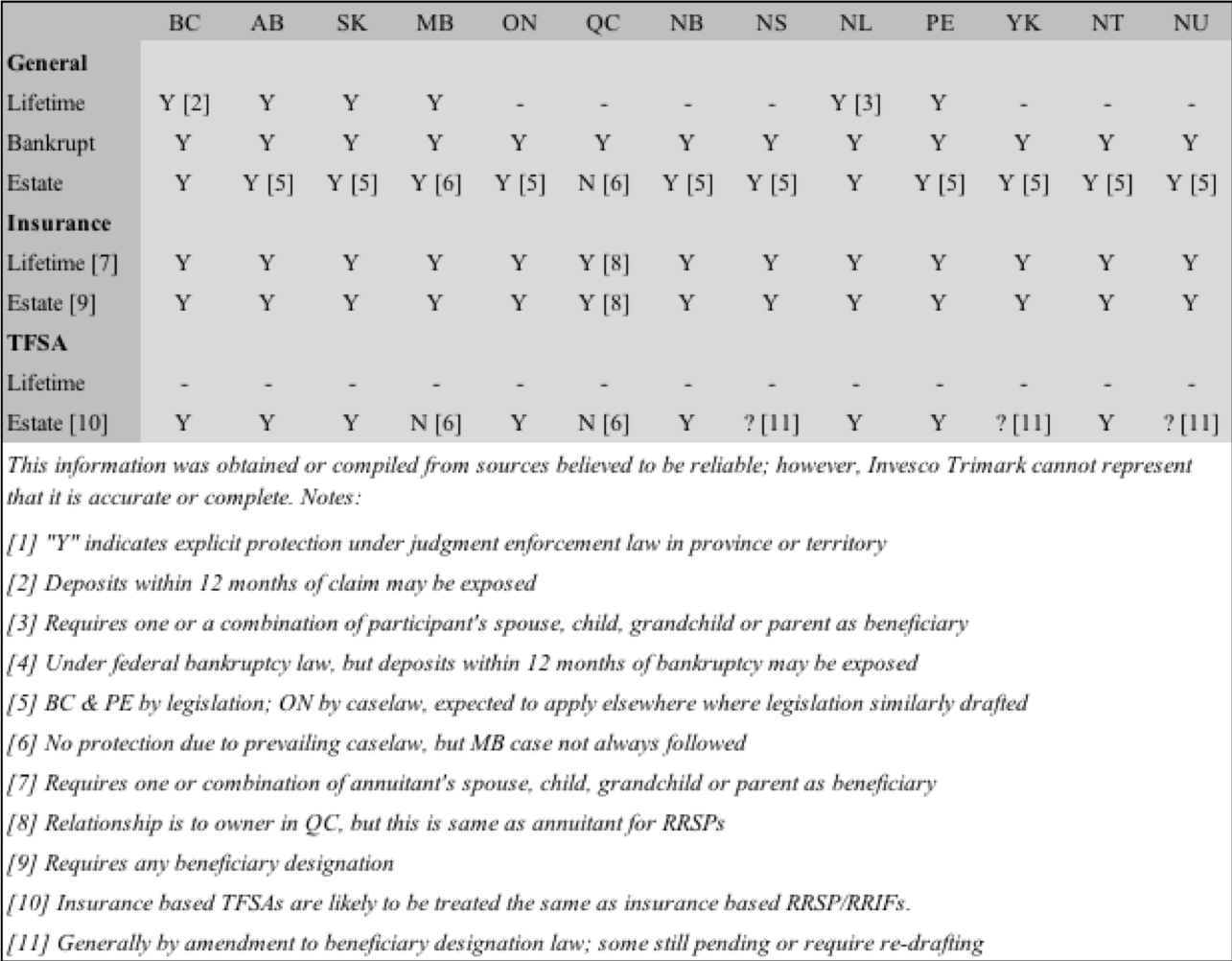At issue
Lending institutions often offer group creditor life insurance to their borrowing clients. A key concern for a private corporation is whether any or all of the insurance proceeds would result in a credit to its capital dividend account (CDA), facilitating follow-on tax-free dividends to surviving shareholders.
Until recently, the longstanding position of the Canada Revenue Agency (CRA) has been that a CDA credit arises only when the subject private corporation is the named beneficiary on the policy. This issue was considered before the Federal Court of Appeal (FCA) in late 2010, leading to some clarifying CRA technical letters earlier this year.
R. v. Innovative Installation Inc. 2010 FCA 285
Innovative had a business loan from a bank, with its principal covered under group creditor life insurance held by the bank as policyholder. On the principal’s death, insurance proceeds paid to the bank were applied to discharge the debt, with the remainder deposited to Innovative’s bank account.
The FCA upheld the trial judge’s finding that, although the insurer had paid the proceeds to the bank as was required by the group insurance policy, Innovative constructively received those proceeds when the bank applied them to discharge the debt. The company was thus entitled to a CDA credit equal to the gross insurance proceeds of $160,000.
CRA 2011-0399771C6 – CDA, Innovative Installation case
At the 2011 CLHIA roundtable the CRA was asked to consider whether constructive receipt would similarly apply in the following situation.
Pursuant to a shareholder agreement, life insurance policies are held by an inter vivos trust under which holding companies ACo, BCo and CCo are non-discretionary beneficiaries. On A’s death, the proceeds of the policy on A’s life are initially paid to the trust, then on to A’s holding company ACo in satisfaction of the purchase price of ACo’s shares of Opco by BCo and CCo. Are BCo and CCo entitled to CDA credits for their respective proportions of the proceeds?
In CRA’s opinion, the Innovative Installation decision is limited to situations involving group creditor life insurance, which is not the case in the scenario presented.
CRA 2011-0401991E5 – CDA and life insurance proceeds
In this French language letter, the CRA repeated the finding in Innovative Installation as being applicable in the case of group creditor insurance. The writer stated that the agency accepted this position, and accordingly paragraph 6 of Interpretation Bulletin IT-430R3 would need to be modified to reflect this revised administrative approach.
Practice points
- Note that the CDA credit in Innovative Installation was for the full amount of the proceeds, as opposed to the net-of-debt amount. For comparison, if a private corporation owns and is beneficiary of a policy, the credit is calculated as the gross proceeds less adjusted cost basis of the policy to the corporation.
- Cost and tax issues aside, it remains the case that insurance owned by a borrower is obviously more portable than insurance attached to a lender. This could be especially important in later refinancing discussions if insurability becomes an issue.
